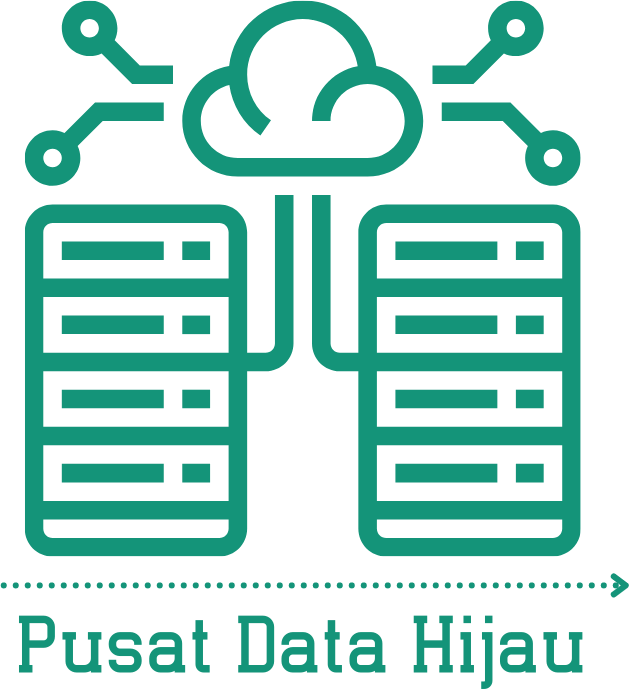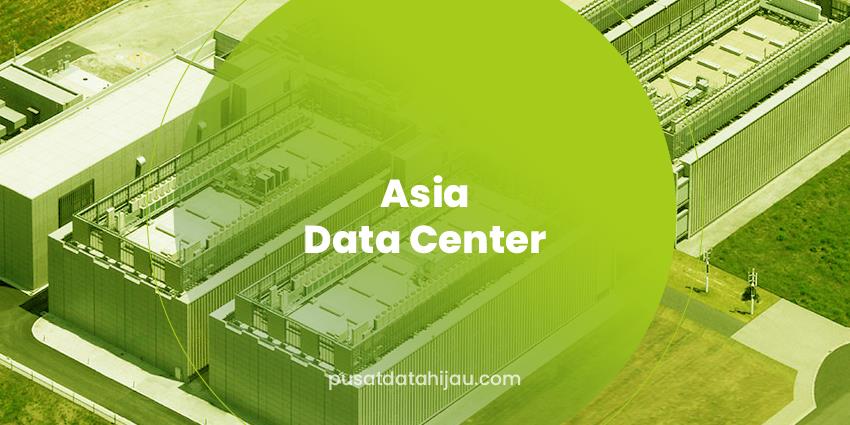As more and more people are going for net zero carbon emissions, Asia’s Data Center is looking to grow faster than ever. The region has recently seen tremendous growth, making it an ideal place for new data centers to open up shop.
Some of these new facilities are almost exclusively dedicated to servicing Asian customers, which will likely increase as Net Zero becomes a more critical factor in data center decisions worldwide.
Asia’s Data Center is growing fast
Asia’s Data Center is growing fast while being powered by non-renewable energy sources, making this a significant issue within the company. That’s why there are plans to build a new location next year that will use only renewable energy.
Some problems with this include that it takes a long time for solar panels to pay off and a few other issues like limited territory for placement. However, even though it might be hard to shift from an old way of doing things to a new one, it will be worth it in the end because it saves money and helps the environment simultaneously.
It is one of the reason why Investors should look for green data centers in terms of both the physical building and the operations inside. A modern data center should be designed to be very energy efficient and should take advantage of natural wind currents, proximity to solar cells, and waste heat recovery.
It’s also crucial for a data center to use power sources that come from renewable resources, such as solar or wind. This is especially true for those companies that have set goals for carbon neutrality.
China and India’s Carbon Emissions
China releases more than ten billion CO2 annually, while India releases 2.7 billion CO2 emissions yearly. The release of carbon from the two countries in Asia is the highest in the world. If left unchecked, the damage to the global environmental impact will continue to occur.
We have seen floods in Pakistan that have affected millions of people and thousands of victims. This disaster happened because the climate change was quite extreme, so they needed more time to anticipate the data on the flood disaster.
Cloud computing is on the rise, and it has a carbon footprint. The emissions from Asia data centers are partly to blame for China’s poor air quality. However, while major companies such as Google, Microsoft, and Apple make headlines with their investments in renewable energy, smaller players are paying less attention to the environmental impact of their cloud computing centers.
Despite the announcements by major corporations of their commitment to renewable energy, industry analysts say that large-scale cloud providers like Google and Amazon Cloud Services continue to build out data centers in areas that rely on coal-based power plants that pump carbon pollution into the air.
“The big clouds are 100 percent committed to green power,” said Randy Kerns of Tech-Metrics, an Illinois consultancy that tracks the data center industry for clients such as Bank of America and Intel. “The smaller ones are not so much.”
Kerns estimates that worldwide carbon emissions from data centers doubled between 2005 and 2010 to 1.5 gigatons a year and will double again by 2015 as more people connect to the internet through smartphones and other mobile devices. “We’re going through a period where we’ll see continual growth in demand for data storage,” he said.
How Asia’s Data Centers Reduce Carbon Emissions?
To solve this issue, a company has an idea for Net Zero Data Center. Net Zero Data Center means a company can build a data center without increasing carbon emissions from its current data center facilities. Thus, it can be one of Asia’s most environmentally friendly data centers and a role model for future data centers.
Net Zero Data Center can use renewable energy instead of fossil fuel for cooling and power supply. Renewable energy like wind power, solar power, biomass, and water is not only available but also accessible and clean energy sources. In addition, Net Zero Data Center may help customers reduce electricity bills and improve business performance since it consumes less energy than traditional data centers and uses renewable energy sources to source its electricity needs.
What the Data Center Investor Want
Recently, more and more investors have been paying attention to green data centers. It is predicted that some data centers will be used as the core infrastructure of smart cities. This change will bring new opportunities for the data center industry. However, many experts still believe it is too early to invest in a green data center. They raise a question about Green Data Center’s net zero issues.
Investors should look for green data centers. There are many reasons for it:
1. They’re an excellent long-term investment, primarily if the company uses renewable energy to power the center.
2. They can be tax write-offs for investors.
3. There are government grants available for green data centers that offer investor’s another reason to invest in them.
4. They’re good for the environment and will help keep climate change at a minimum level (which is a big issue in Asia, where they are building many of these data centers.)
The Net Zero movement is a growing trend among data center providers, and it’s a trend that’s gaining momentum. Data centers are a significant consumer of electricity, and many companies are now using green technologies to reduce their carbon footprints. No matter where you are, you can probably find something about the Asia data center that jumps out at you.
Read more: Singapore Data Center Growth will be Stuck in the Future.
Conclusion
Asia’s Data Center is growing fast while being powered by non-renewable energy sources, making this a significant issue within the company. That’s why there are plans to build a new location next year that will use only renewable energy. Some problems with this include that it takes a long time for solar panels to pay off and a few other issues like limited territory for placement.
As Asia’s data center continues to grow technologically, there will be more and more talk of green data centers. The idea of net-zero appeals to those looking for ways to reduce their carbon footprint and energy efficiency. It is a trend worth keeping your eye on as it continues to develop – especially if you’re someone who is already concerned about your energy usage and waste production.

